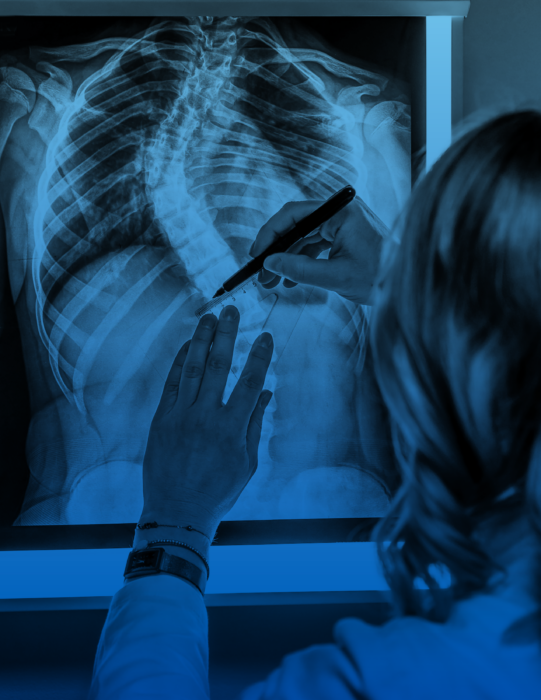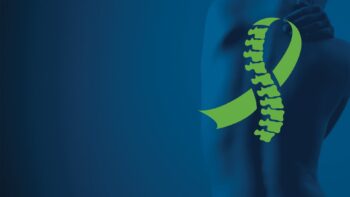Adult spinal deformity refers to abnormal curvatures or malalignments of the spine that occur in adulthood. These can encompass a variety of conditions and overall can have a significant impact on an individual’s health and well-being. While much of adult spinal deformity is on a spectrum and many diagnoses can overlap, they all share the fact that the spine is no longer in its appropriate alignment and because of that, people can experience significant detriments in their quality of life.
In this primer, we will explore some common diagnoses that comprise adult spinal deformity and how they can affect health status.
Scoliosis
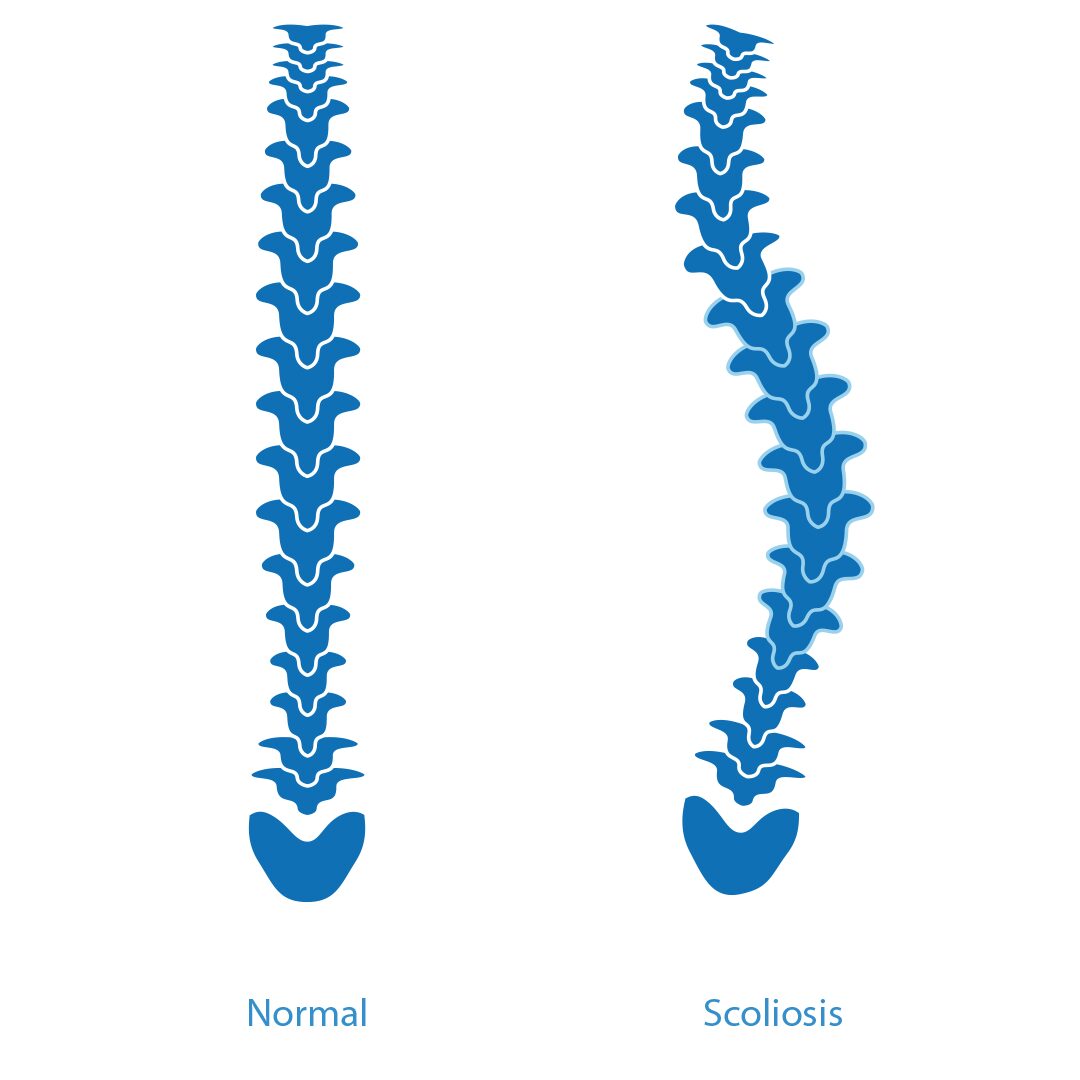
Scoliosis is a condition defined as an abnormal sideways or left-right curvature of the spine. Experienced as an adult, this can be the result of a long progression of adolescent scoliosis (adult idiopathic scoliosis) or as a result of adult degenerative changes that cause a sideways slipping of the vertebrae that develop into this curvature (adult degenerative scoliosis). Because of these curves, people may experience significant back pain when sitting upright, standing, or performing activities because the spine is not as biomechanically stable compared to a straighter spine. Likewise, the curves themselves can lead to bone spurs or narrowing of the space for the nerves which travel to the legs, and people can experience severe leg pain as well.
Kyphosis
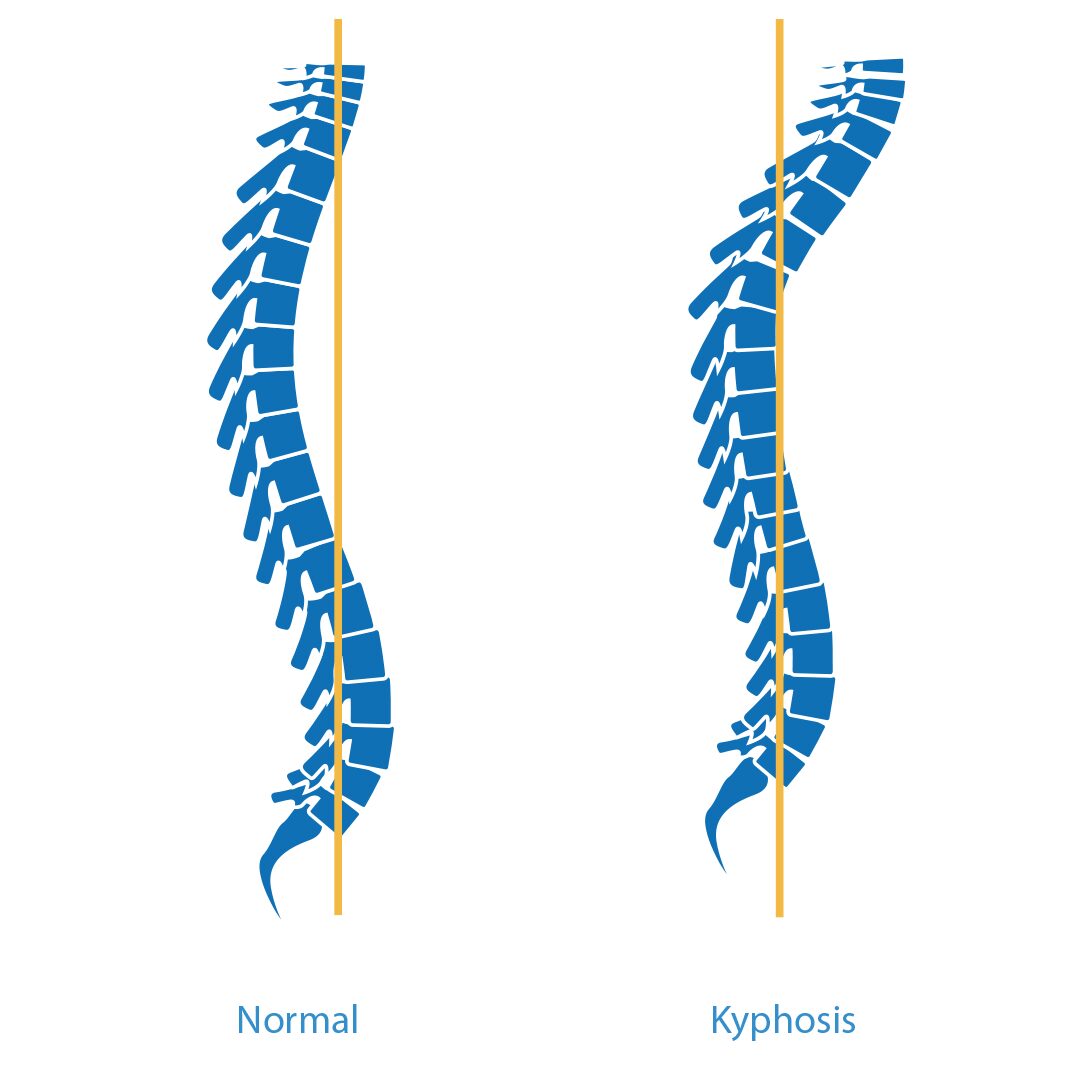
Kyphosis is a condition where the spine is pitched more forward than normal which can lead to a hunched or rounded appearance of the back. There are many reasons that adults can have an abnormal degree of kyphosis, and these can include degenerative changes, osteoporosis, prior fractures, or complications that can occur after spine surgery. If kyphosis occurs in the setting of scoliosis as well, then a diagnosis of kyphoscoliosis can also be given if the scoliosis itself is causing a forward posture to the spine.
Sagittal Imbalance
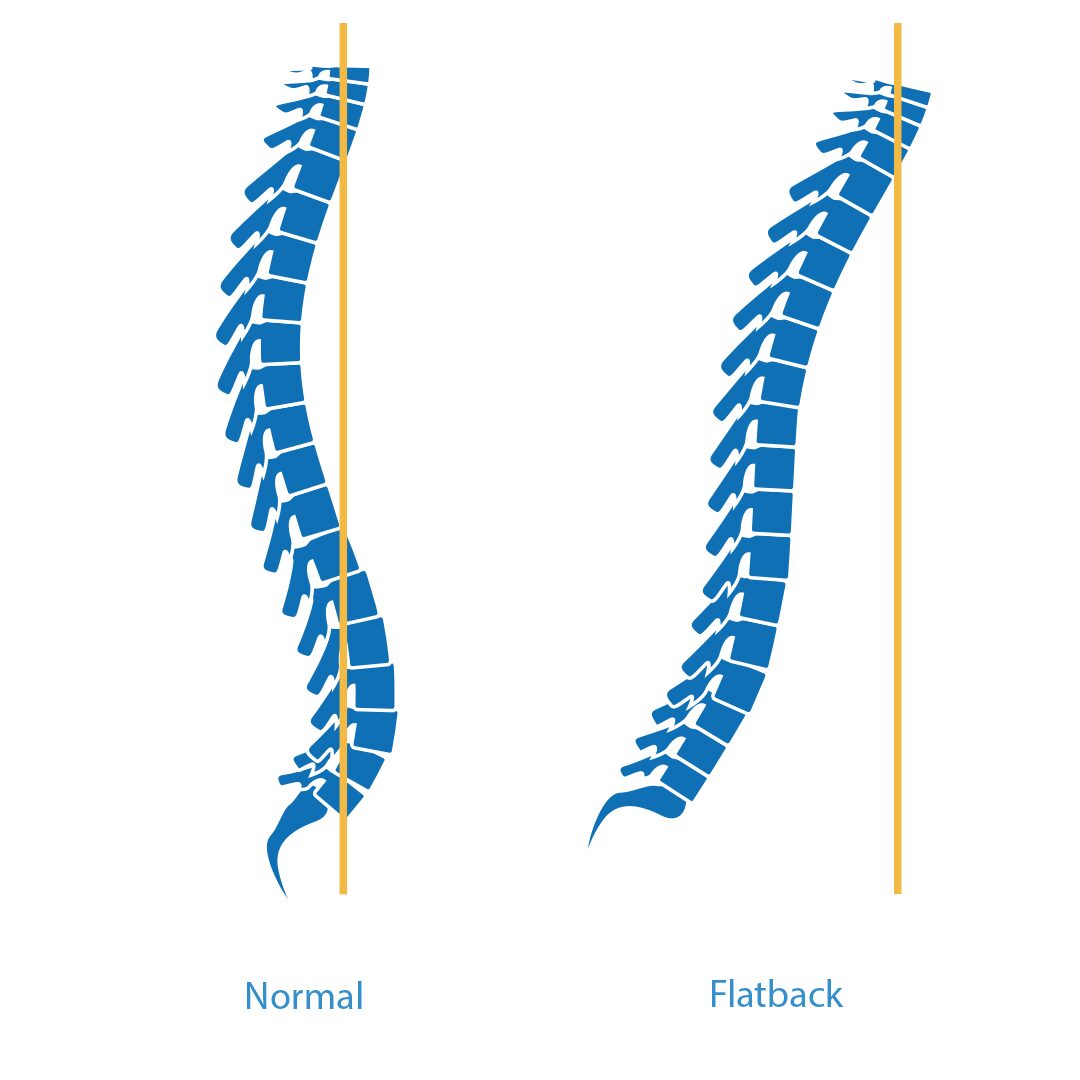
The sagittal plane is viewing the body from the side, as opposed to the front-to-back view. Sagittal imbalance is defined when a patient’s head and upper part of the spine are no longer in a favorable biomechanical position when compared to the lower part of the body, including the lumbosacral spine, pelvis, hips, and even knees and ankles. If the spine is out of balance, then this can cause many cascading effects that result in back pain, leg pain, fatigue, and an inability to have an acceptable quality of life. This is sometimes also referred to as flatback syndrome and can also occur after prior spine surgery.
Spinal Regions
All the above spinal alignment issues can occur in the neck (cervical), mid-back (thoracic), or low back (lumbosacral). The exact location of the abnormal curvatures and malalignment – the “spinal deformity” – will tend to dictate the exact symptoms being experienced and how severely a person’s health status is being affected.
Impact on Health Status
Adult spinal deformity can have a profound impact on a person’s health and overall well-being. Physical symptoms that include chronic back or leg pain, limited mobility, easy fatigability, or a sense of being off-balance can affect all aspects of daily life. An active lifestyle can be hindered or even prohibited, and remaining independent can be difficult if people are unable to walk, lift objects, perform daily household tasks, or drive because of their symptoms. There can be a significant psychological impact as well that affects mood, sleep, self-esteem, anxiety, social interactions, a feeling of isolation, and emotional distress. Altogether, these impacts on health status can greatly affect a person’s quality of life.
In conclusion, adult spinal deformity encompasses a spectrum of disorders and diagnoses that affect the overall balance and alignment of the spine. When the spine balance is lost and malalignment occurs, health status can be greatly affected which impacts all aspects of daily life. With proper evaluation by a spine specialist and team knowledgeable about these conditions, there may be options that can treat and improve these conditions tailored to each individual situation which can correct the spinal deformity, alleviate pain, and improve function.
